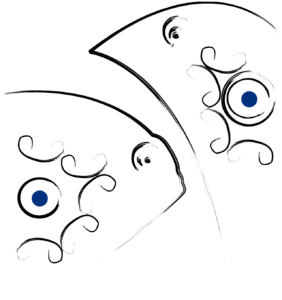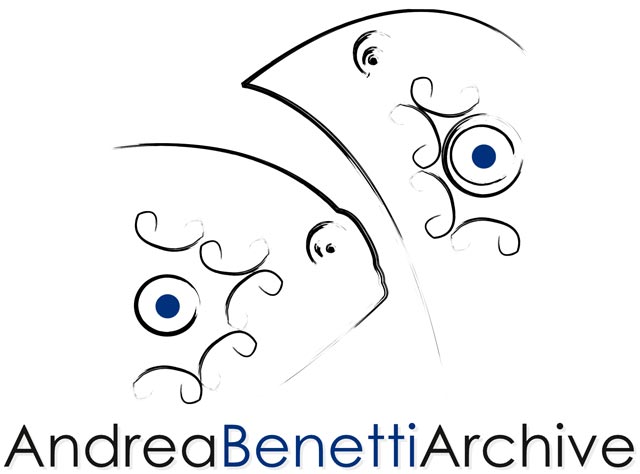The Future Meets the Past
There exists a history before History, in which events and experiences—besides being transmitted in purely oral form, of which no trace remains—are handed down visually and materially through cave paintings and megalithic constructions: History seeking an opening and manifesting itself through forms. Time and Space permeate that matter to which the human being, continuously since its appearance, has given ever-changing forms in a ceaseless and restless cycle. As if the tension of a spirit imprisoned in a material body wished to reveal to the entire world its multidimensional and multifaceted grandeur. Thus, creativity, construction, and art become one, like spirit, soul, and body, merging into a perfectly integrated form, each a different expression of the same substance.
With an intuitive and common-sense approach, each of us has experienced time as an extremely subjective concept, varying according to the situations we live through. With the advent of the scientific world, time took on the aspect of a physical quantity, defined—along with Length and Mass—as fundamental. Based on these, all other known physical quantities are derived. This fact might give the illusion of a unique and finally established concreteness for the variable of Time. However, by delving deeper into the question and immersing ourselves in the essence of Time itself, we quickly realize how controversial and seemingly elusive the issue is.
We soon find ourselves facing the paradox that the object of our consideration is, at the same time, the subject that considers it. We, immersed in time, attempt to define time—observer and observed coinciding in a circularity that may very well be the key that allows us to penetrate this mystery. With cyclicity and circularity, time loses its importance, and the continuous transformation observable in the deepest matter—of which we are partly composed—can be described by the changing of measurable variables relative to other measurable variables. Things change, one in relation to another, just as the events of the world shift in connection to one another, in an infinite present.
The reference to the circularity of time emerges from Neo-Cave art as a creative act of the present, which, in envisioning a future, encounters the past—and by observing the past, glimpses the future—restoring to time that circular nature that had been lost. And perhaps it is in this very context that timeless forms meet again as forms within a circular time.
Corrado Rozzi |
Engineer and researcher of phenomena related to primitive art |




